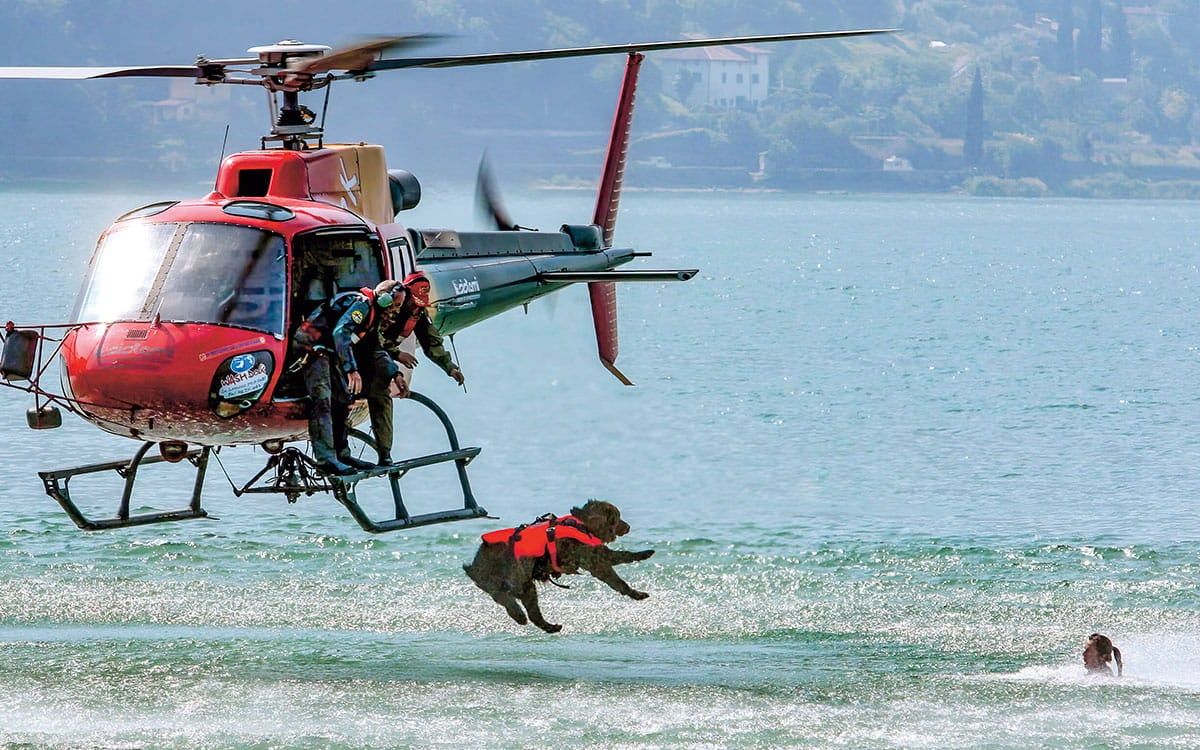Canine Heroes: The Historical Impact of Dogs in War and Rescue Missions
Uncover the deep-seated history of dogs in war and rescue missions. Explore the untold tales of canine heroism that altered the courses of military strategy and disaster relief efforts throughout the years.

Dogs, our beloved companions, have earned their place in history for more reasons than one. They have demonstrated their value far beyond companionship, stepping up as indispensable participants in war and rescue missions. Today, we'll delve into their rich history of bravery, loyalty, and intelligence, and how their actions have left significant historical impacts.
Dogs in the Military: More Than Comrades in Arms
Our journey begins with the historical impact of dogs in military conflicts, a partnership dating back to antiquity. While their roles have been many - sentinels, messengers, and even combatants - it's their contributions during the World Wars that underscore their strategic and historical importance.
During World War I, dogs served alongside soldiers in myriad capacities, including communication, medical support, and enemy detection. The tale of Stubby, a stray Boston Terrier mix, stands out among these. Adopted by a U.S. infantry division, Stubby warned his unit of gas attacks and incoming artillery, and even caught a German spy, earning rank and decorations for his bravery.
But Stubby's individual achievements tell a broader story of the hundreds of war dogs who served in World War I. Their success in the trenches underlined the potential of canine troops, prompting military forces worldwide to formally develop war dog programs, a move that would have profound effects on the conflicts to follow.
In World War II, dogs again took up crucial roles, with their functions expanding significantly. Apart from their traditional roles in communication and alert, they served as scout dogs, detecting enemy forces' presence long before human senses could. They also served as mine-detection dogs, risking their lives to protect human soldiers.
The war dog program in WWII represented one of the most organized, extensive uses of dogs in warfare. This impacted not only the outcome of several key operations during the war but also paved the way for the establishment of formal military working dog programs that remain active today. The historical imprint these canine soldiers left reshaped military strategy and human-animal partnerships in warfare.
Dogs in Rescue Missions: Silent Heroes
In disaster scenarios, the speed and efficiency of search and rescue operations are paramount. It's here that dogs, with their acute sense of smell and agile bodies, have made historical contributions.
The use of dogs in rescue missions became increasingly prominent in the 20th century, particularly during and after World War II. Dogs were deployed to search for survivors buried in the rubble of war-torn cities. Their success in locating survivors where human senses failed had a significant historical impact, leading to the establishment of formal training programs for search and rescue dogs.
In more recent history, rescue dogs have been vital in responding to natural disasters. For example, following the devastating 2010 earthquake in Haiti, canine rescue teams were deployed from various countries, significantly aiding the search for survivors amidst the rubble. The impact of these dogs was so profound that it inspired the formation of more international canine rescue teams, highlighting the global recognition of their life-saving potential.
Furthermore, search and rescue dogs have also played an important role in responding to avalanches. The Saint Bernard, with its strength, endurance, and sense of smell, has been historically linked with alpine rescues, saving countless lives over the centuries.
Moreover, the presence of rescue dogs has a profound psychological impact on survivors and communities. The sight of dogs working tirelessly in the aftermath of disasters offers a sense of hope and comfort, reinforcing the human-animal bond in the most challenging circumstances.
In conclusion, the historical impact of dogs in military and rescue operations is undeniable. They have shaped military strategy, saved countless lives, and brought comfort during disasters, earning them a place of honor in our shared history. As we continue to recognize and celebrate these canine heroes, we affirm the extraordinary capabilities and the profound emotional bonds that make dogs far more than man's best friend.


